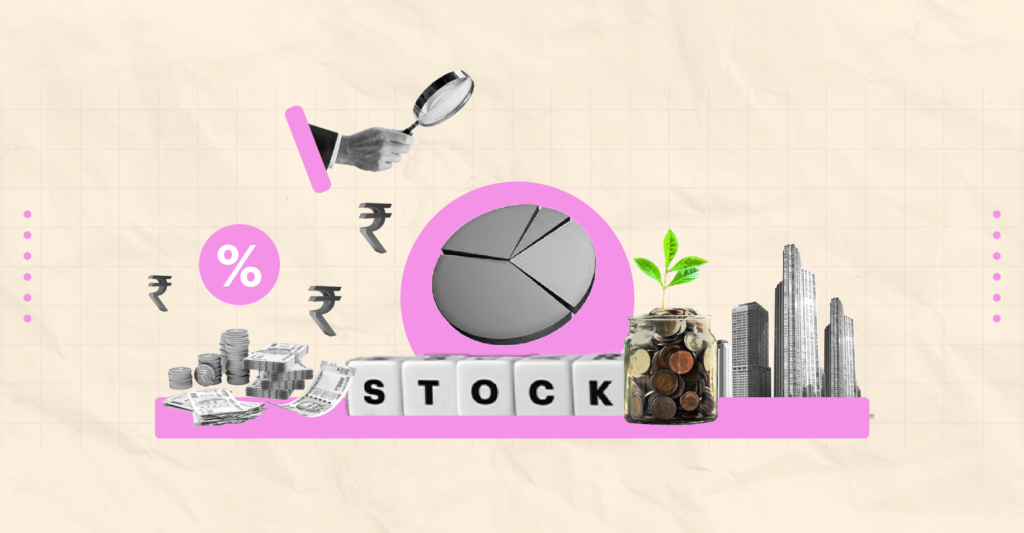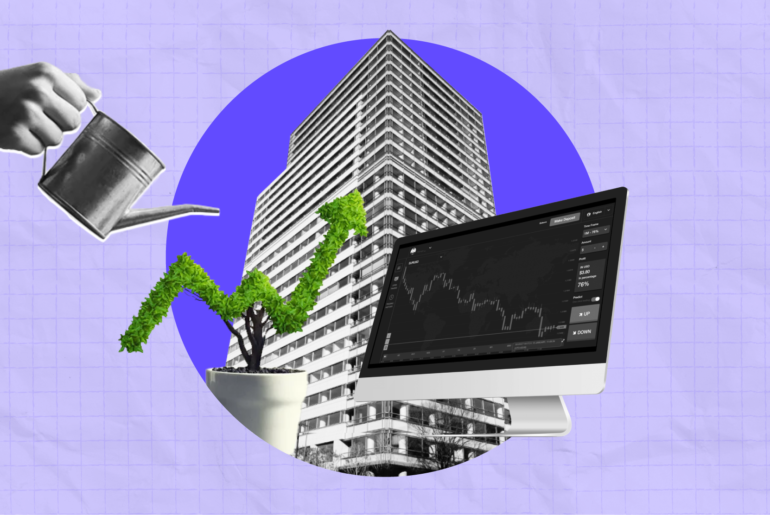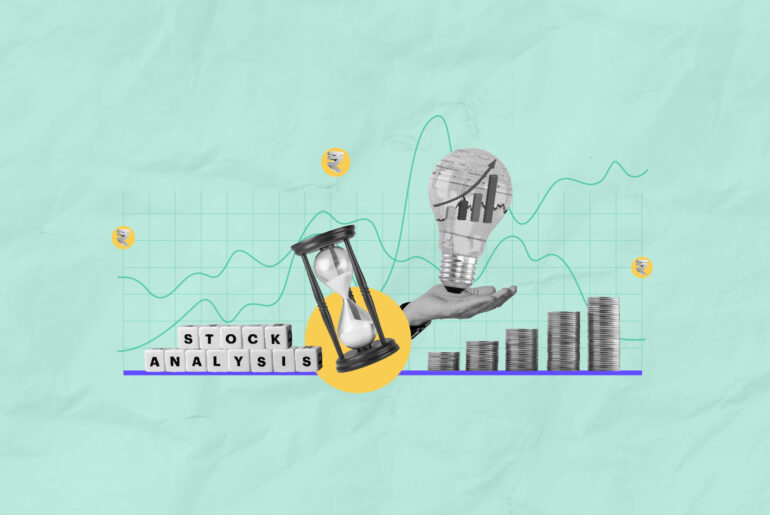Last Updated on Feb 28, 2023 by Harshit Singh
Every investor, whether new or seasoned, dread just one thing – buying a stock at a higher price than the market price. Yes! You can do that if you don’t know about Last Traded Price (LTP). Therefore, for most seasoned investors, whether buying/selling a stock, understanding the last traded price of a stock is important to make a sound decision.
In this article, we will delve deeper into the concept of the last traded price and its impact on the stock market.
Table of Contents
What is Last Traded Price?
The Last Traded Price is the price of a stock obtained from the last trade on a given day. In simpler terms, it’s the most recent price of a stock that a buyer and seller agreed to trade.
For example, listed on Nifty50, XYZ shares are trading at Rs. 500. A seller, who is holding 50 shares of XYZ, placed an order to sell off the shares at the market price of Rs. 500. But due to the low demand in the market for XYZ shares, because it is termed ‘overvalued’ on ‘Valuation’ parameter on Tickertape Stock Screener, buyers don’t want to pay beyond Rs. 475.
It left the seller with a choice – to revise the price and sell the shares for Rs. 475 per stock or wait for new buyers! If the seller revises the stock price to Rs. 475, a trade occurs on the stock exchange as the selling price matches the bid price. Thus, Rs. 475 is recorded as XYZ stock’s ‘Last Traded Price.’
By observing the ‘Last Traded Price,’ you can plan your entry or exit at trades by evaluating the condition of the market (undervalued or overvalued) and take advantage of favourable pricing levels.
In addition, the last traded price reflects a stock’s current supply and demand situation. For seasoned stock investors, with the last traded price, they can deduce the movement of stocks. It shows how much the share has moved recently and predicts future price movements.
Is there a difference between the last traded price and the market price?
For example, the last traded price is the price at which the most recent trade was executed, whereas the current market price is the price at which the next trade is available.
For example, if a trader buys a stock of ABC at 11 AM for Rs. 100, fast forward the clock; if no trade happens between 11 AM till the closing of the market, i.e., at 3:30 PM, the last trade price of ABC’s stock will remain at Rs. 100.
The market price is the stock’s actual price reflected in real-time on the Tickertape Stock Screener. So, depending on the market condition, it could be Rs. 90 or Rs. 110 by the time the bell gongs of the stock market.
What is the impact of the last traded price on the stock market?
For shrewd investors, the last traded price has become a benchmark to determine the market’s trend. It is a fact that, before investing, every investor wants to know the rate at which the stocks are currently trading, whether it is going up or down, and the factors causing these price fluctuations.
Many investors fall into the trap of these price fluctuations and make hurried decisions. Many reasons may have caused these fluctuations, like prearranged sales, a stock split, a recession, a pandemic, etc.
Therefore, many experts preach that investing hastily using the last traded price as a sole parameter, without understanding the complete picture behind the fluctuation, is not wisely recommended.
The only comfort you can get by evaluating the last traded price of a stock is that you can bid and buy at the actual value of a stock, then the current market price.
Conclusion
The last traded price is one of the most important aspects to consider while – investing & selling. It gives you a better insight into how the market behaves and helps you understand the buying and selling patterns, which you can incorporate into your investment thesis and make a well-calculated investment in a stock.
FAQs
What’s the difference between the last traded price and the closing price?
Last traded price is the price at which the last transaction took place between a buyer and seller, whereas the closing price is the average of all the transactions that took place for a stock in the last half an hour of the market.
How is intrinsic value different from the last traded price?
Intrinsic value is the stock’s actual price, whereas the last traded price is the price at which both sellers and buyers agree to trade.
How to calculate the last traded price?
The last traded price changes frequently as new trades are executed, reflecting the constantly changing supply and demand of XYZ stocks in the stock market.
For example, if the price of XYZ stock was Rs. 500, it denotes that the most recent transaction for XYZ stock on the exchange occurred at the price of Rs. 500 per share.
If the following exchange happens at a price of Rs. 505, the last traded price for XYZ stocks will become Rs. 505.
- Best Midcap Stocks to Invest In India (2024) - Nov 20, 2024
- Best Investments For Girl Child in India (2024) - Nov 18, 2024
- Best Halal Stocks in India (2024) - Nov 16, 2024




